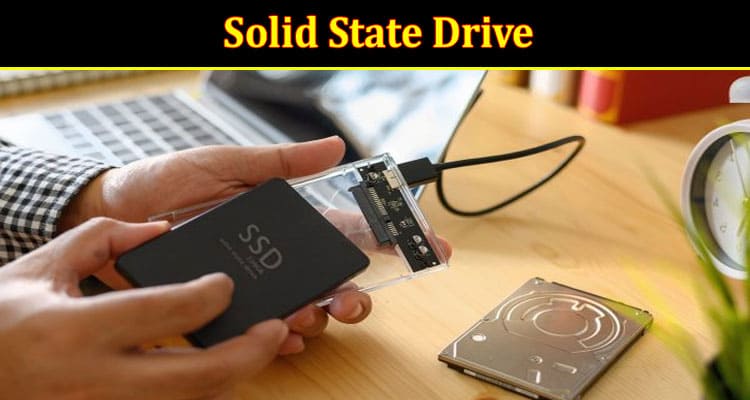Solid-state drives (SSDs) offer several advantages over traditional hard disk drives (HDDs), such as faster read and write speeds, lower power consumption, and improved durability due to the lack of moving parts. However, like all technology, SSDs can fail before their expected life span.
There are several common signs that a solid-state drive (SSD) may be corrupted:
- Frequent and unexpected system crashes or freezes;
- Blue screen of death (BSOD) errors;
- Inability to boot the operating system;
- The slow performance or read/write errors;
- File system errors or missing files;
- Error messages when attempting to access the drive.
Despite these potential issues, SSDs are generally considered more reliable than traditional hard drives and have a longer lifespan. However, it’s still important to regularly back up important files and data and to keep your computer’s software and anti-virus programs up-to-date to help prevent SSD corruption.
- Wear and tear: SSDs have a limited number of write cycles, and over time, the drive’s cells will wear out, resulting in data loss or corruption.
- Power loss: An SSD can become corrupted if the drive is not properly protected from power outages or surges.
- Overheating: SSDs can become damaged if they become too hot, which can occur if the drive is not properly cooled or the computer is not properly ventilated.
- Bad blocks: SSDs can develop bad blocks over time, which can cause read/write errors and data corruption.
- Improper shutdown: If the computer is not shut down properly, the SSD may not have a chance to finish saving any changes to the drive, leading to data corruption.
- Hardware failure: In some cases, the SSD may fail, causing data corruption or loss.
- Power outages or surges: These can cause the SSD to become corrupted if the drive is not properly protected with a battery backup or surge protector.
- Malware or viruses: These can corrupt the file system or damage the SSD’s firmware.
If an SSD is showing signs of failure or data loss, there are several necessary steps to recover SSD:
- Check for software issues: Try running a disk check or repair on the drive using built-in tools such as CHKDSK on Windows or fsck on Linux. This can help to fix any software-related issues that may be causing the data loss.
- Try data recovery software: Several programs are available to help recover lost or deleted files from an SSD. These programs work by scanning the drive and attempting to recover any data still on the drive.
- Remove the drive and connect it to another computer: If the drive is not booting or is not recognized by your computer, try removing it and connecting it to another computer as a secondary drive. This can help determine if the problem is with the drive or the computer.
- Send it to a data recovery service: If the above steps do not work, consider sending the drive to a professional service. These services will have specialized tools and equipment to recover data from damaged or failed SSDs.
- Make sure to back up your data: If you can recover your data, back up your data regularly to prevent data loss in the future.
Data recovery is not always possible, especially with severe hardware failure. And it’s recommended not to use the drive anymore and turn off the computer to prevent overwriting data on the drive.

